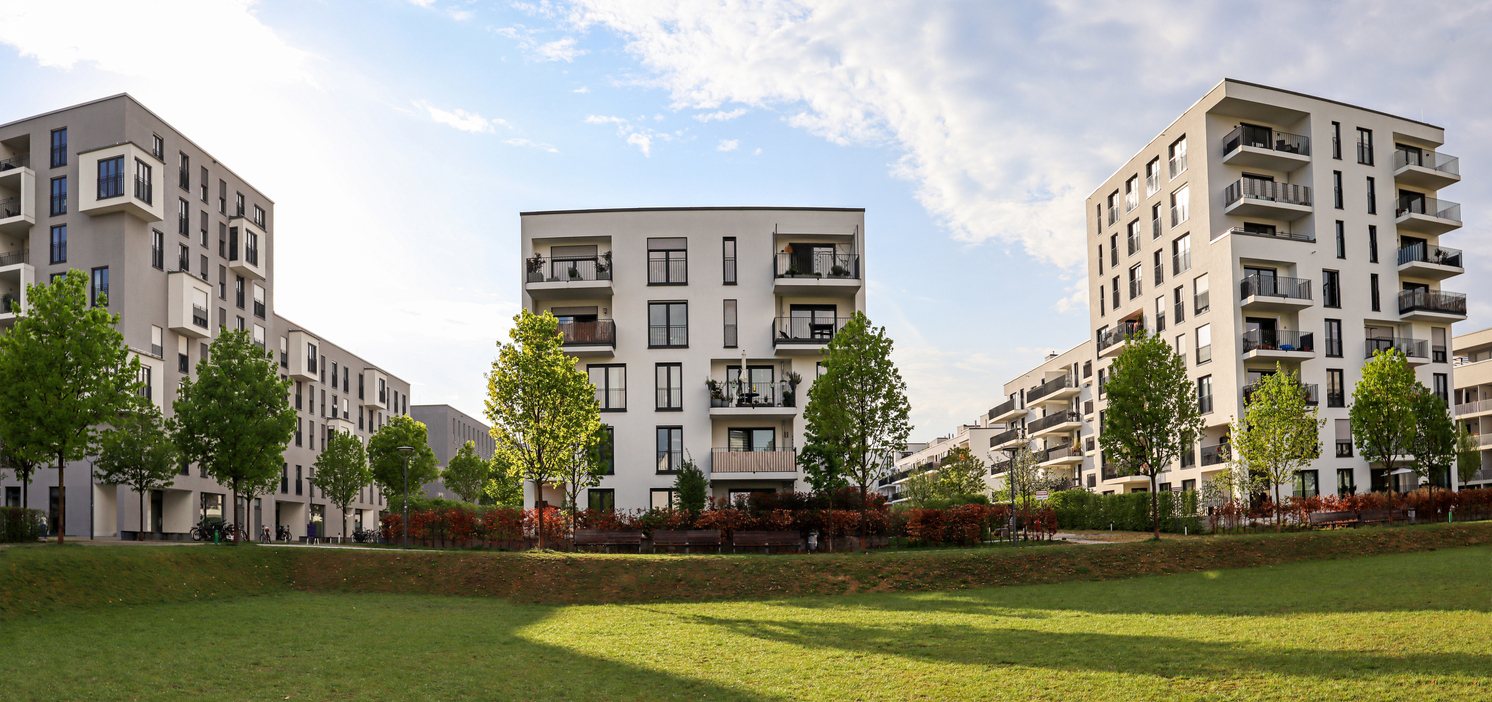What Does Urban Development Zoning Mean?
States and territories zone land by dividing it up based on what the land will be used for. These areas fall into residential, commercial, industrial, agricultural, public-use, and mixed-use zones. From there, each state will further divide these categories based on density and more specific land use. Local councils enforce zoning regulations to ensure towns and cities are able to grow in a way that doesn’t devalue property prices or interfere with the future appeal of the land and its surrounding area. Councils do this as part of urban planning. So next, we ask, what does urban development zoning mean? What does it have to do with urban planning and zoning?
More About Zoning and Planning
Understanding zoning rules and regulations aids property developers in planning their developments and getting approval from the local council. The plans sent to councils must fall in line with the relevant bylaws. Proper town and urban planning can be executed by ensuring that zoning rules and regulations are followed. Zoning impacts several aspects of your build, such as building height and density.
Urban planning is done with a view to the future to prepare areas for an increased population. An increase in the population of an area requires additional infrastructure such as roads, electricity, water, sewerage, and internet services. In addition, growing regions need hospitals and schools while protecting the local ecology and heritage. Urban planning also accounts for sustainability in terms of water usage and environmental impact to preserve natural resources. Careful planning ensures the efficiency of these areas, balancing land use and public transport and ensuring economic development to support the growth of the population.
What is Urban Development Zoning?
Urban zones encompass a wide range of activities, and to develop property in these areas, you need to know what can be developed there. The Australian Bureau of Statistics defines urban areas as urban centres with a population between 1,000 and 99,999. Areas with a population of 100,000 or more are defined as major urban areas. Within these urban areas, zoning is based on the needs of the local community.
The local community requires various types of zones to ensure locals can enjoy a quality of life. Urban development zoning excludes agricultural and environmental zones, concentrating instead on residential, growth zones, commercial, industrial, public-use, and mixed-use zones to service the needs of the residents. Primary zones tend to remain unchanged, though Victoria has introduced a new Urban Growth Zone (UGZ). Sub-categories for each primary zone can change as the needs of the population change.
Archistar makes it easy to not only find suitable land in urban development zones, but it also shows the current zoning. With a nuanced approach to zoning, you will be better equipped to find the right zone within your preferred urban setting. Archistar’s maps offer a wealth of information regarding the permitted land use within each zone, height restrictions, set back from the street, and proximity to other buildings. Which is why Archistar property development software is ideally suited to the needs of property developers, architects, and property marketers.


